Sources and Development of International Law
A comprehensive look at the origins and evolution of international law.
Introduction
International law lacks a centralized Parliament and does not have what can truly be called legislation. While there is an International Court of Justice (ICJ) along with various specialized international courts and tribunals, their authority is heavily reliant on the consent of States, and they do not possess the kind of compulsory jurisdiction that national courts have.
As a result, international law is largely developed in a decentralized manner through the actions of the 192 States that make up the international community. According to Article 38 of the Statute of the ICJ, the five sources of international law are:
- (a) Treaties between States;
- (b) Customary international law, which is derived from the consistent practice of States;
- (c) General principles of law recognized by civilized nations;
- (d) Judicial decisions and the writings of "the most highly qualified publicists," which serve as subsidiary means for determining rules of international law.
Customary law is one of the oldest sources of international law and is unique in that it generates rules that are binding on all States, even though it is not a written source.
A rule of customary law, such as the requirement for States to grant immunity to a visiting Head of State, is said to have two essential elements. First, there must be widespread and consistent State practice, meaning that States generally follow a practice of according immunity to a visiting Head of State. Second, there must be what is called opinio juris, usually understood as "a belief in legal obligation." In other words, States must grant immunity because they believe they have a legal duty to do so.
The International Court of Justice (ICJ) has explained this as follows:
“Not only must the acts concerned be a settled practice, but they must also be such, or be carried out in such a way, as to be evidence of a belief that this practice is rendered obligatory by the existence of a rule requiring it. … The States concerned must feel that they are conforming to what amounts to a legal obligation.” (North Sea Continental Shelf cases, ICJ Reps, 1969, p. 3 at 44)
A new rule of customary international law can only be created if both of these elements—practice and opinio juris—are present. Practice alone is insufficient, as seen in the Case of the SS Lotus (1927). Similarly, a rule cannot be established by opinio juris alone without actual practice, as demonstrated in the Advisory Opinion on Nuclear Weapons (1996).
Once there is sufficient practice coupled with opinio juris, a new rule of custom emerges. This new rule binds all States, subject only to the "persistent objector" principle. This principle allows a State that has consistently rejected a new rule, even before it was fully established, to avoid being bound by it.
Treaties, which can also be referred to as agreements, conventions, exchanges of notes, or protocols, are a primary source of international law, particularly when they are made between States or between States and international organizations.
Technically, a treaty is not so much a source of law itself but rather a source of legal obligation. Treaties are only binding on the States that choose to become parties to them, and the decision to sign up to a treaty is entirely voluntary. The reason a treaty becomes binding on those States that have become parties to it lies in a rule of customary international law known as pacta sunt servanda, which obligates States to honor their treaties. This is why treaties are best described as sources of obligation under law.
In practice, when a large number of States agree on a treaty provision, this itself becomes an important piece of State practice. If these and other States subsequently apply the treaty provision, particularly if they are not parties to the treaty, it can rapidly become part of customary international law. Some scholars have tried to distinguish between traités contrats (contractual treaties), which are seen as agreements only between the parties involved, and traités lois (law-making treaties), which are seen as having broader legal implications. However, this distinction can be confusing rather than helpful. All treaties are contractual in nature between their parties, but some treaties also influence general international law. In reality, international law has undergone its most significant changes since 1945 through the adoption of numerous treaties across various areas of law, such as war, terrorism, diplomacy, and treaty-making. These treaties have played a crucial role in shaping the modern international legal framework.
While treaties and customary law are the primary sources of international law, the other sources mentioned in Article 38 of the ICJ Statute should not be overlooked. Among these, the general principles of law recognized by civilized nations—the third source—are less frequently cited in judgments. They are typically used when the ICJ or another international tribunal seeks to incorporate a concept, such as the legal personality of corporations, as seen in the Barcelona Traction Co. case (1970), that is broadly accepted across national legal systems. However, international law rarely adopts a legal concept from any one national system in its entirety. Instead, it looks for principles that are acknowledged in various forms across a broad spectrum of national legal systems.
Article 38(1)(d) of the ICJ Statute mentions judicial decisions as a subsidiary means for determining rules of law. Unlike in common law countries, international law does not adhere to the doctrine of binding precedent. The ICJ Statute specifically states that a decision by the Court is binding only on the parties involved in that particular case and only for that case (Article 59). However, the ICJ often references its own prior decisions, and most international tribunals use past cases as a guide to understanding international law. Therefore, the term "subsidiary" should not be interpreted as implying a lack of significance.
Article 38(1)(d) does not differentiate between decisions of international and national courts. Generally, decisions of international courts are considered more authoritative on most international law topics. However, for issues more commonly dealt with by national courts, such as sovereign immunity, the decisions of a State's courts can be equally influential. These decisions are part of that State’s practice and can contribute directly to the development of customary international law.
The writings of international legal scholars can also serve as a persuasive guide to understanding the content of international law. However, these writings do not create law themselves, and there is a risk in relying on an isolated passage from a book or article as a definitive statement of international law without considering the broader context.
The sources listed in Article 38 of the ICJ Statute are often criticized for being incomplete, particularly for not including the acts of various United Nations organs. However, the influence of these acts on shaping international law today is undeniable, and they may fit within the framework of Article 38 more than is sometimes acknowledged.
The United Nations General Assembly does not have the authority to legislate for the international community, and its resolutions are not legally binding. However, these resolutions can play a significant role in the law-making process. Some resolutions are part of the treaty-making process, attaching a treaty text negotiated within the United Nations framework and recommended to Member States by the Assembly (as was the case with the Convention against Torture).
While it is the treaty that creates the legal obligation—binding only the States that choose to become parties—the role of the United Nations in facilitating the creation of such treaties is crucial. Additionally, the positions that States take within the United Nations contribute to their overall practice. A resolution, or a series of resolutions, that gains widespread acceptance and is regarded by States as embodying a rule of international law can significantly influence the development of customary international law, provided it is consistent with States' actions elsewhere. For instance, the resolutions on nuclear weapons discussed in the Advisory Opinion on Nuclear Weapons (1996) illustrate this point. The International Law Commission (ILC) also produces studies of international law for the General Assembly, which can have a significant impact on customary international law, especially if adopted by the Assembly, even if they do not result in treaties. A notable example is the ILC Articles on State Responsibility, adopted in 2001. The Security Council's position is somewhat distinct. Decisions made by the Council under Chapter VII of the UN Charter and framed in mandatory terms are legally binding on all States (Article 25 of the Charter). Moreover, under Article 103 of the Charter, the obligation to comply with a Security Council decision takes precedence over obligations under other international agreements (as seen in the Lockerbie cases (1992)). However, the Council does not create new laws but rather imposes obligations related to specific issues; it is not a legislative body, as highlighted by the ICTY in the Tadic decision (1995).
Share
Tags
Archive
Popular & Recent Post


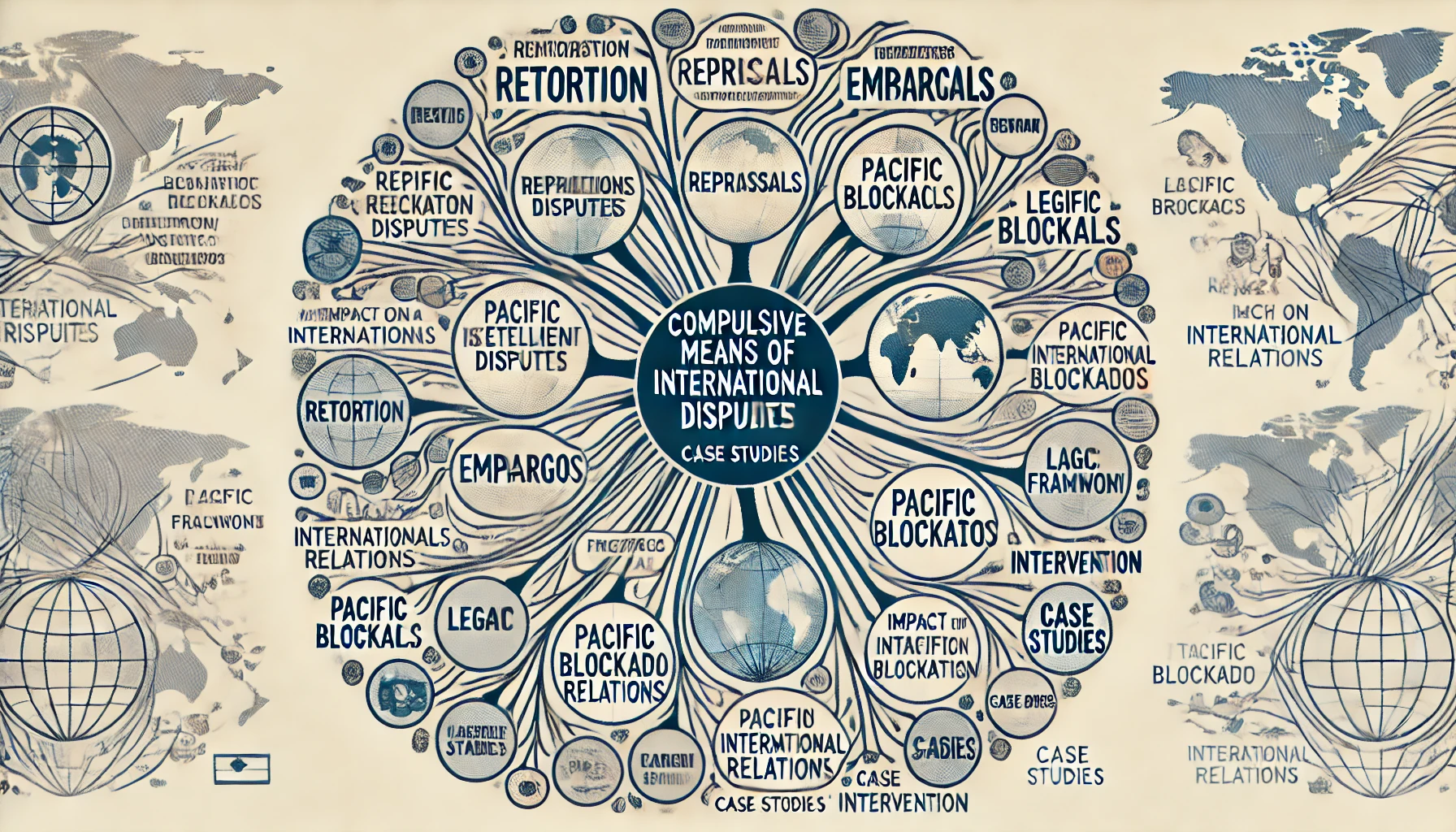



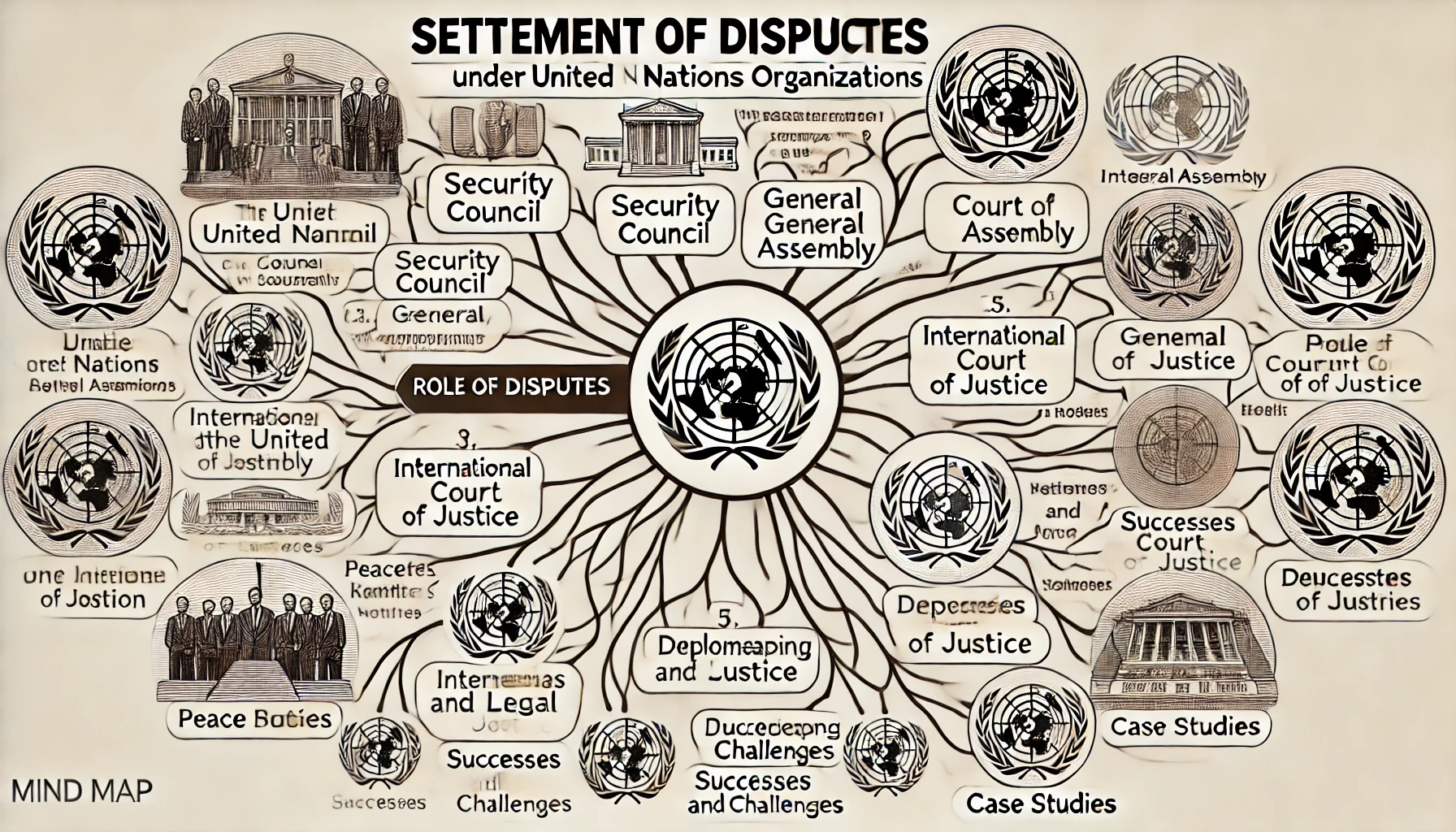
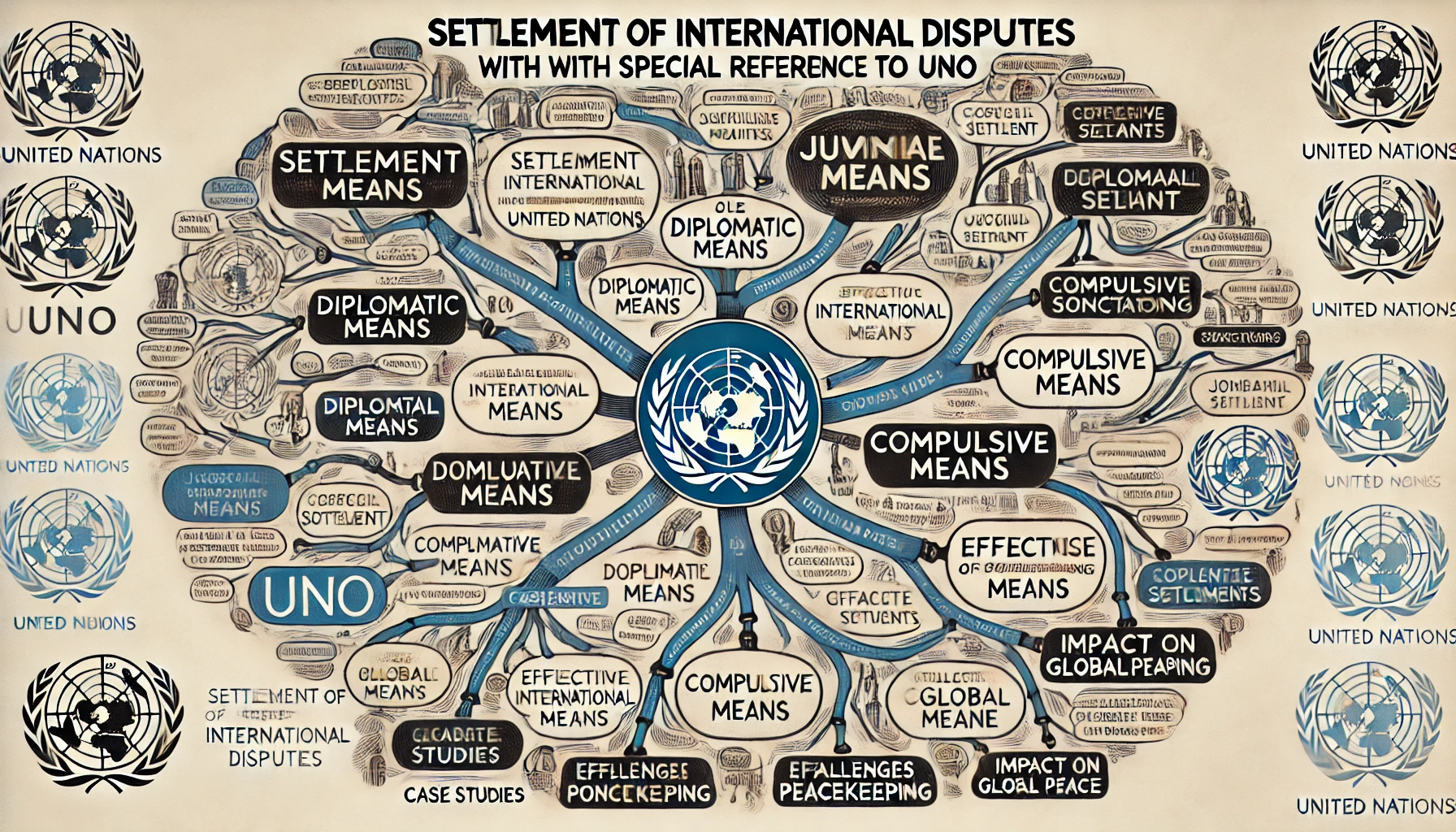
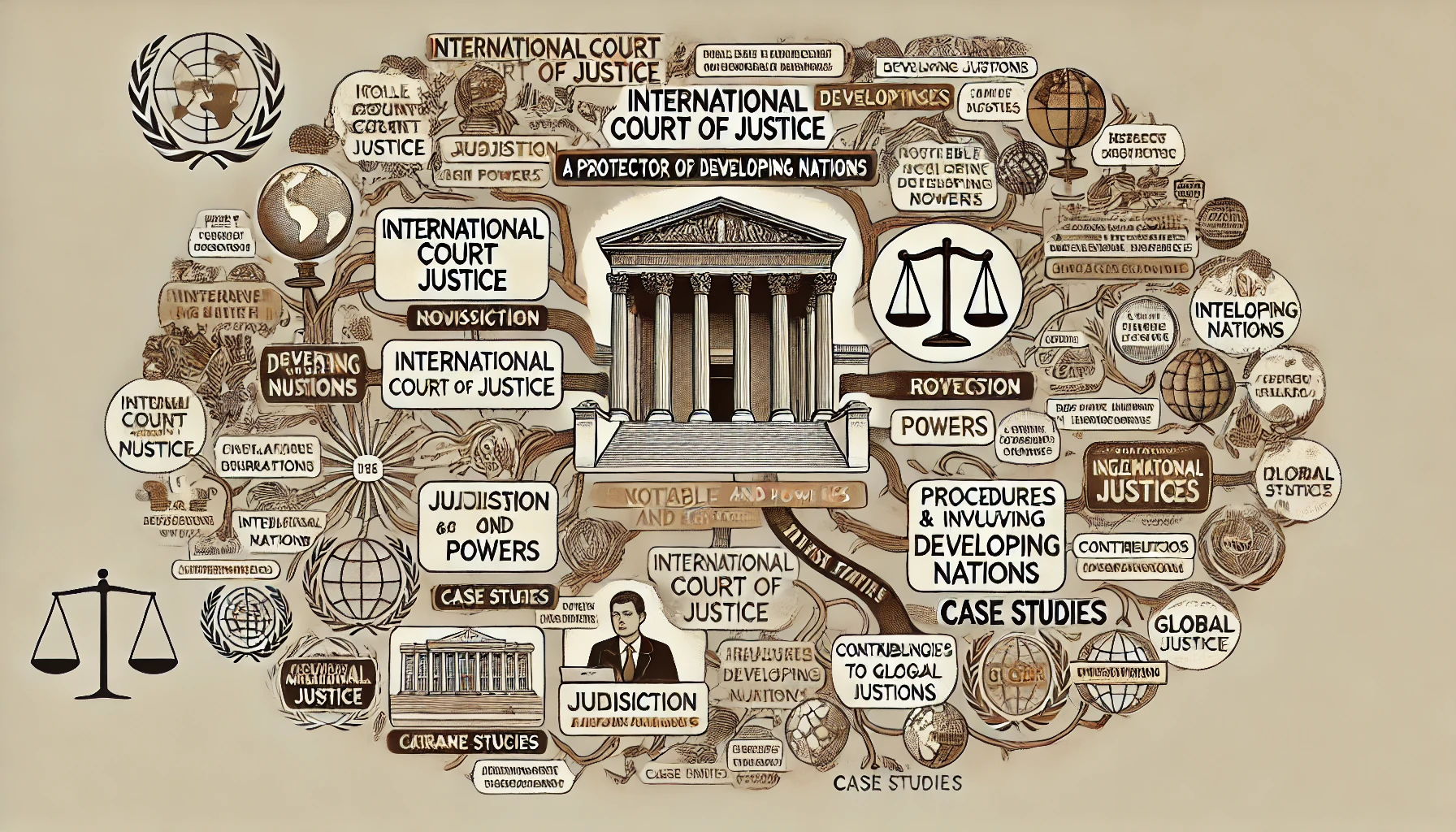
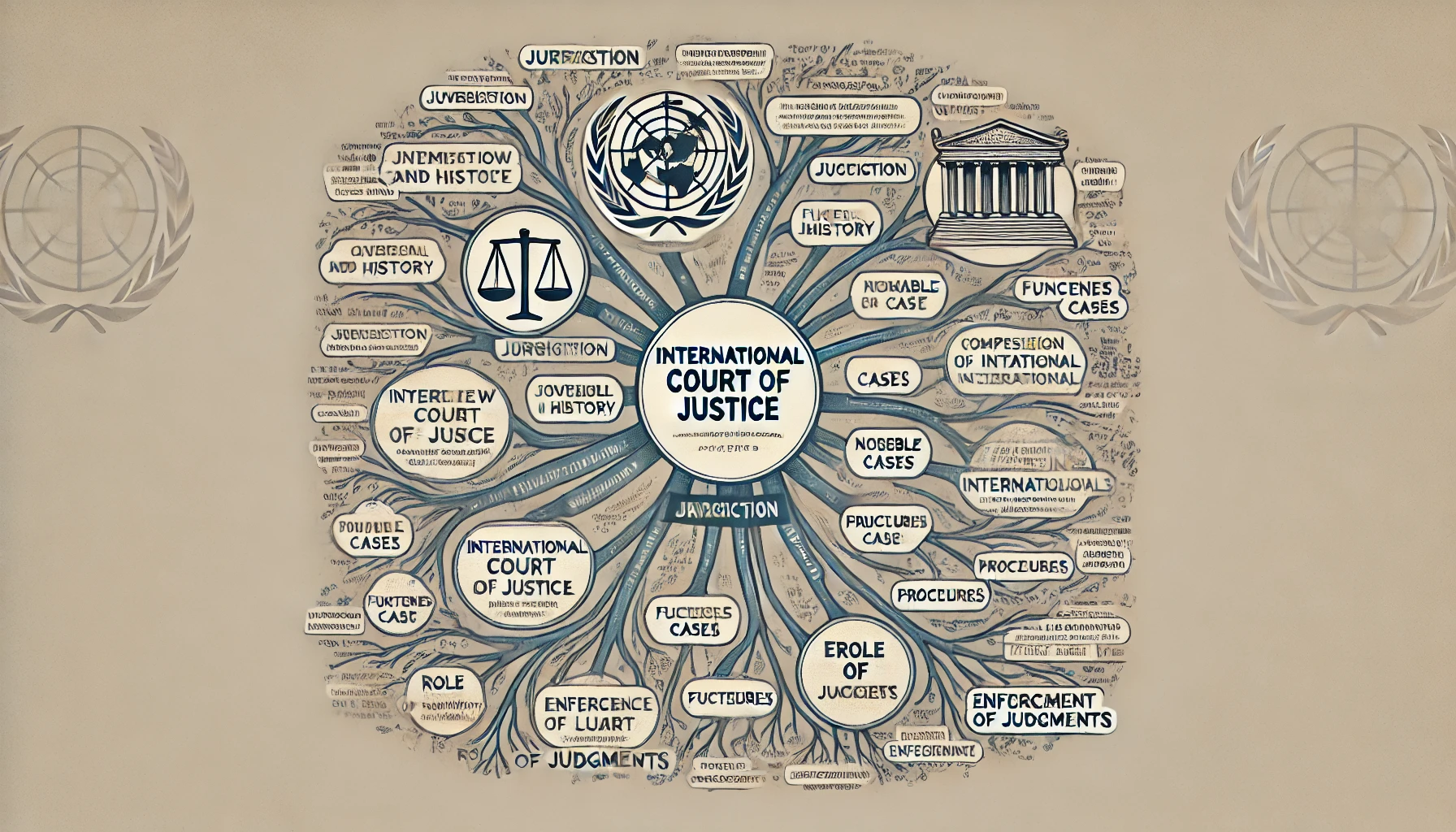
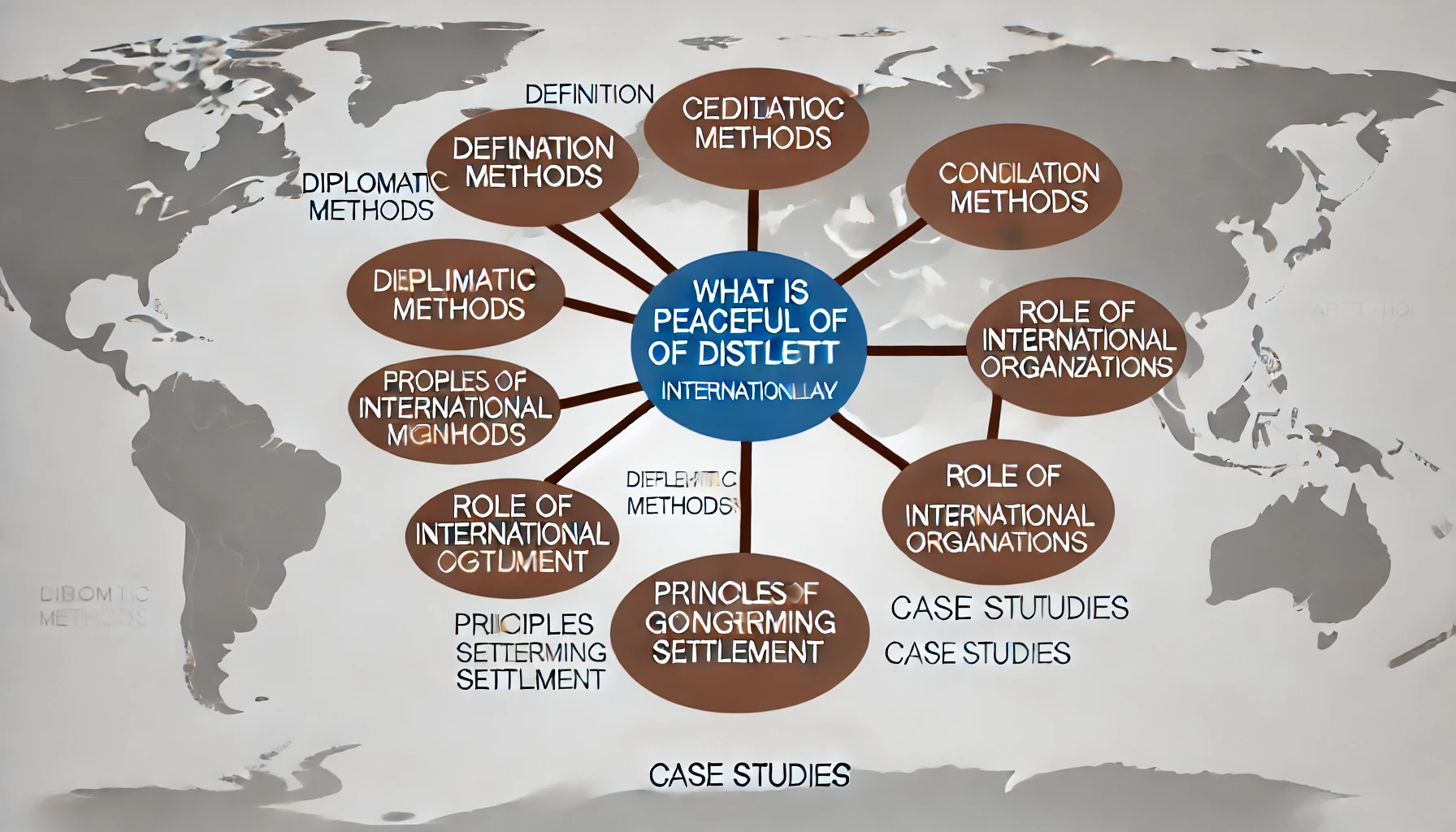

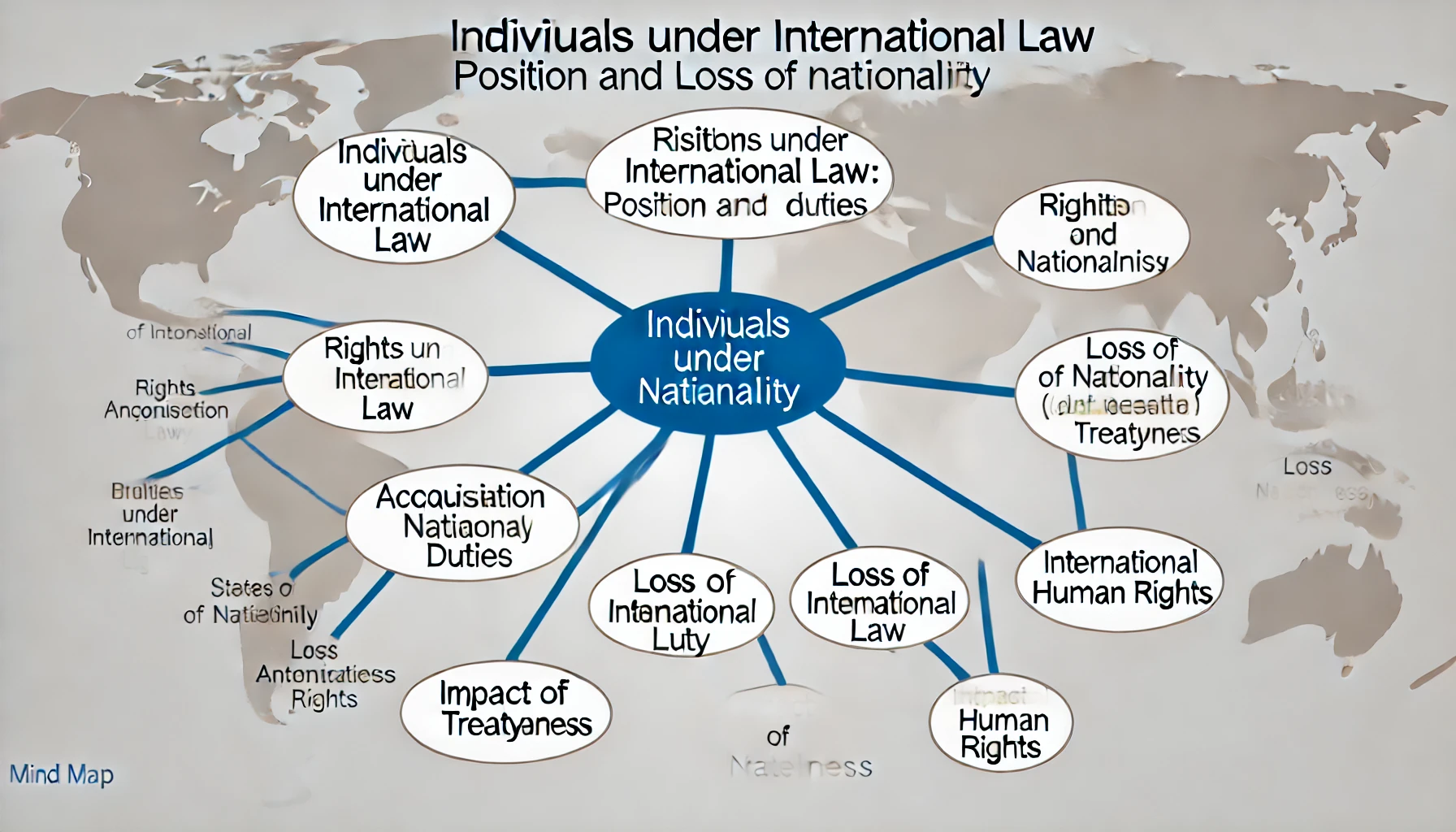
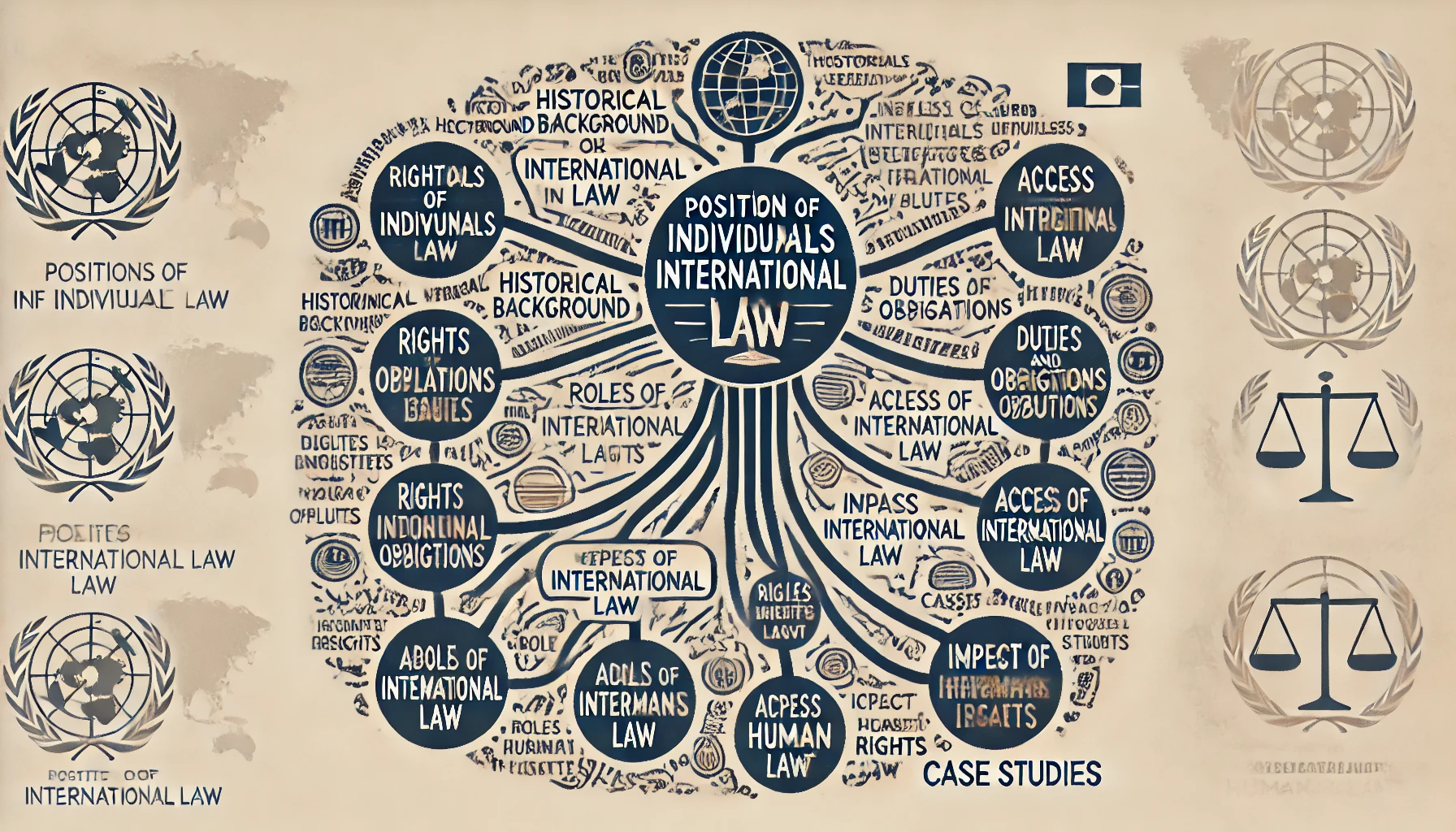



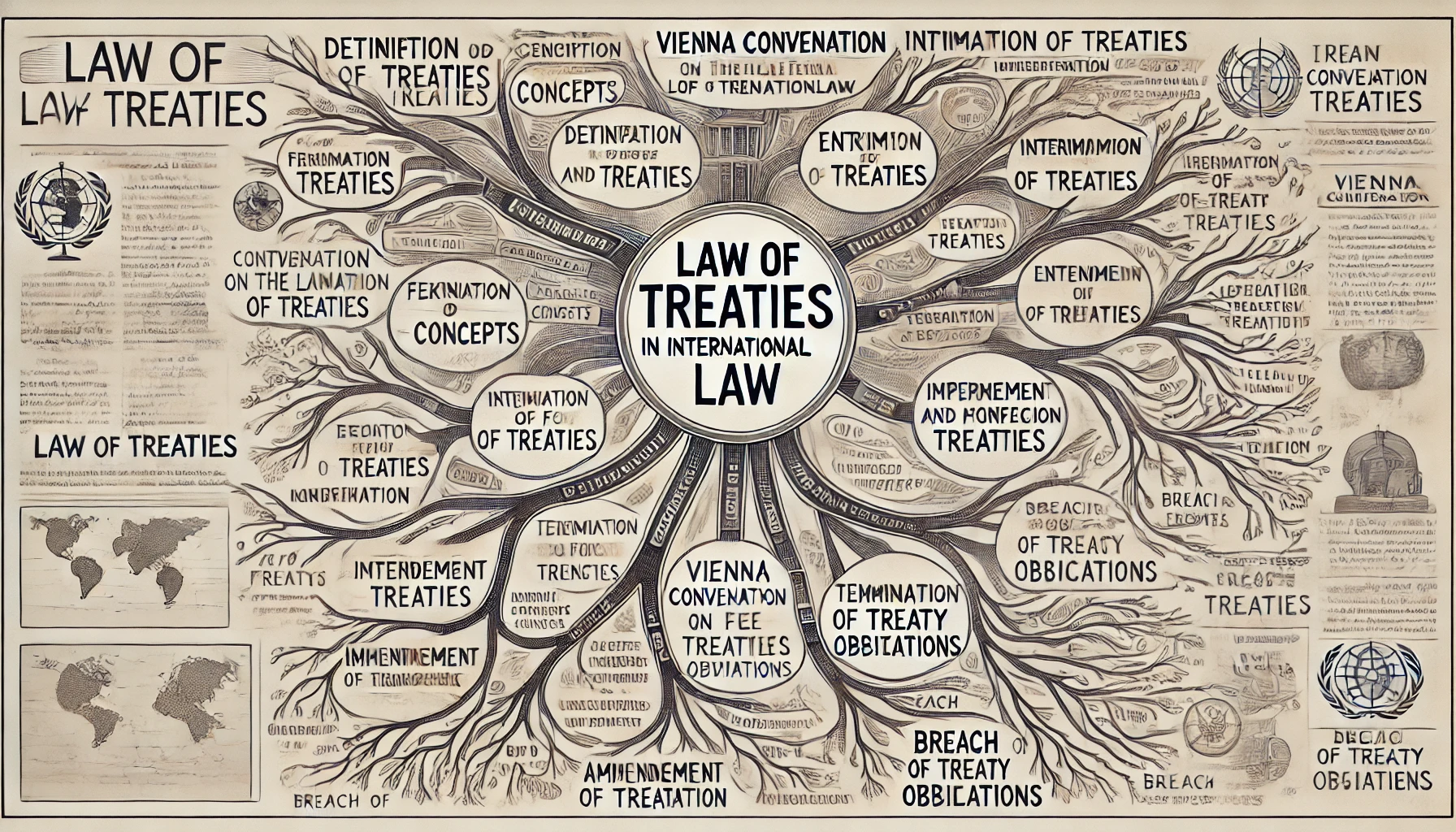

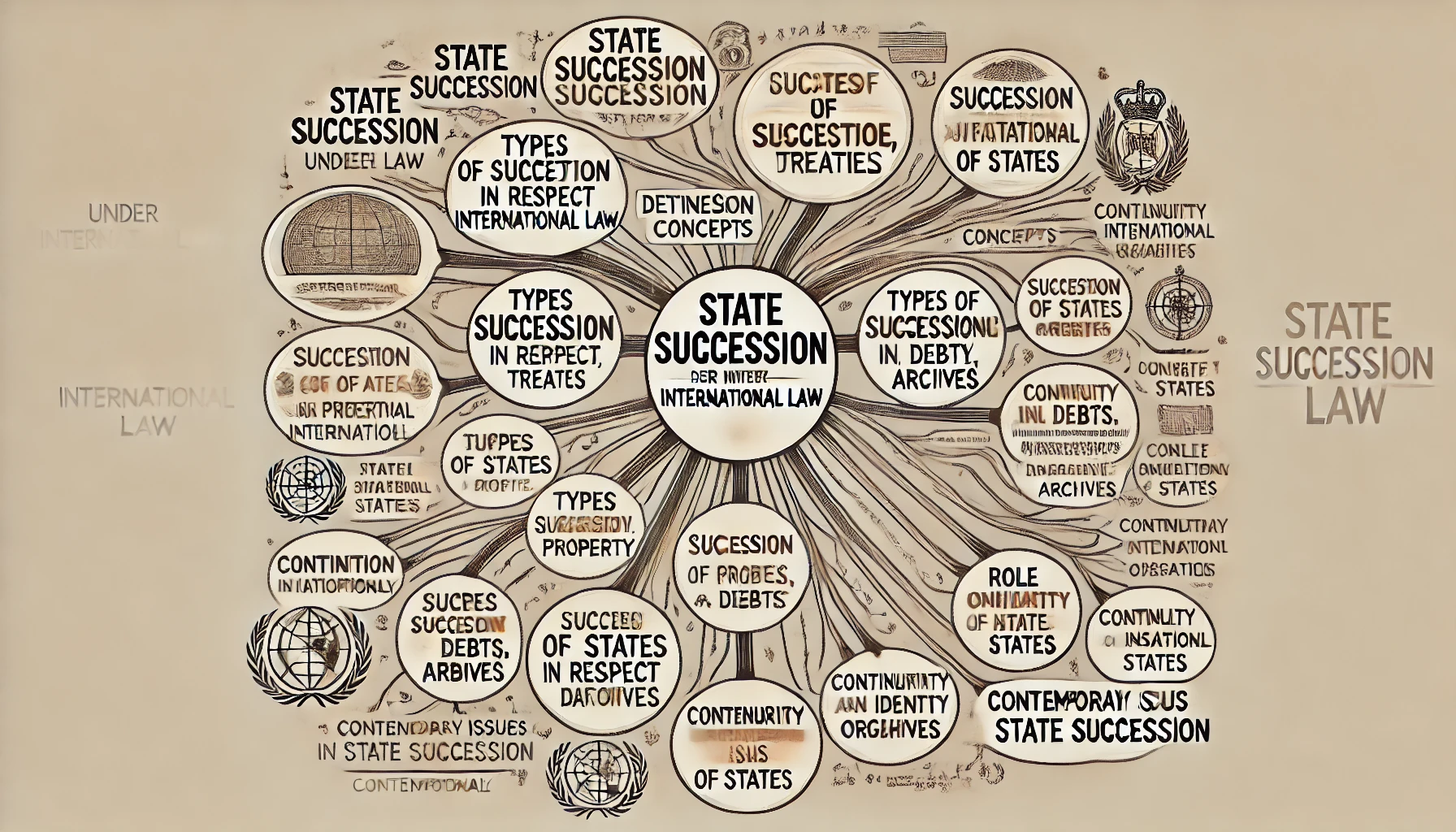
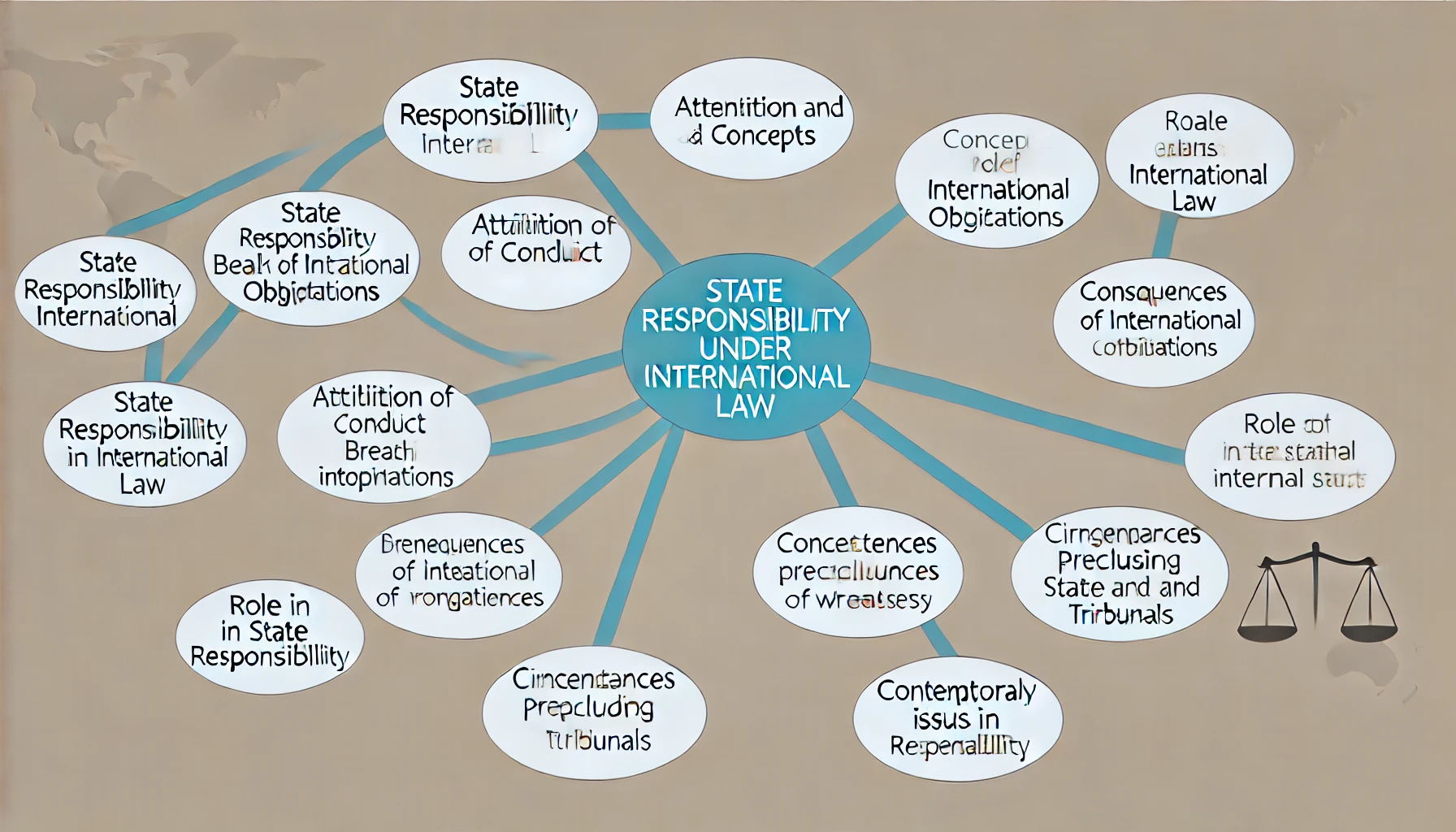

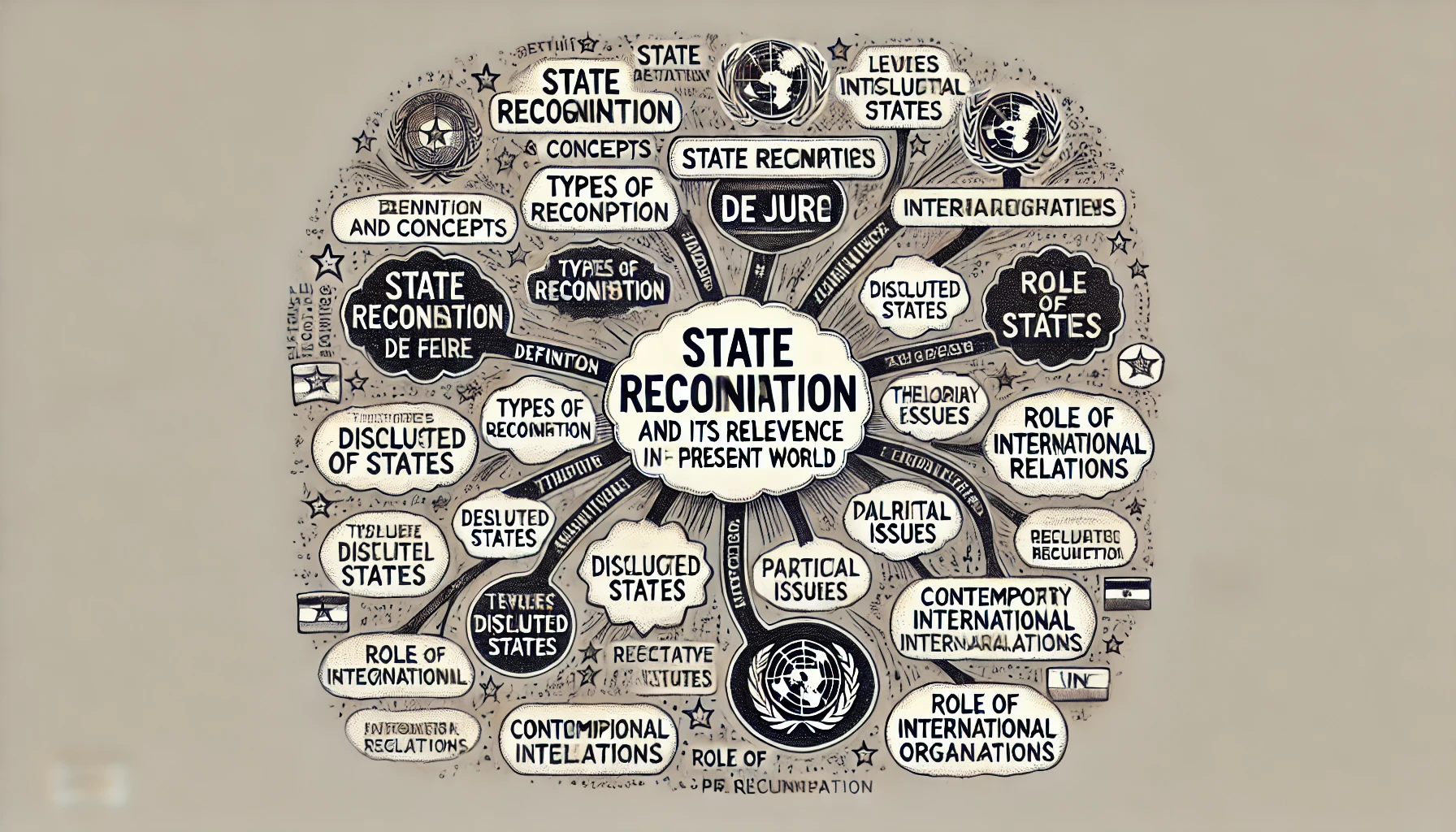
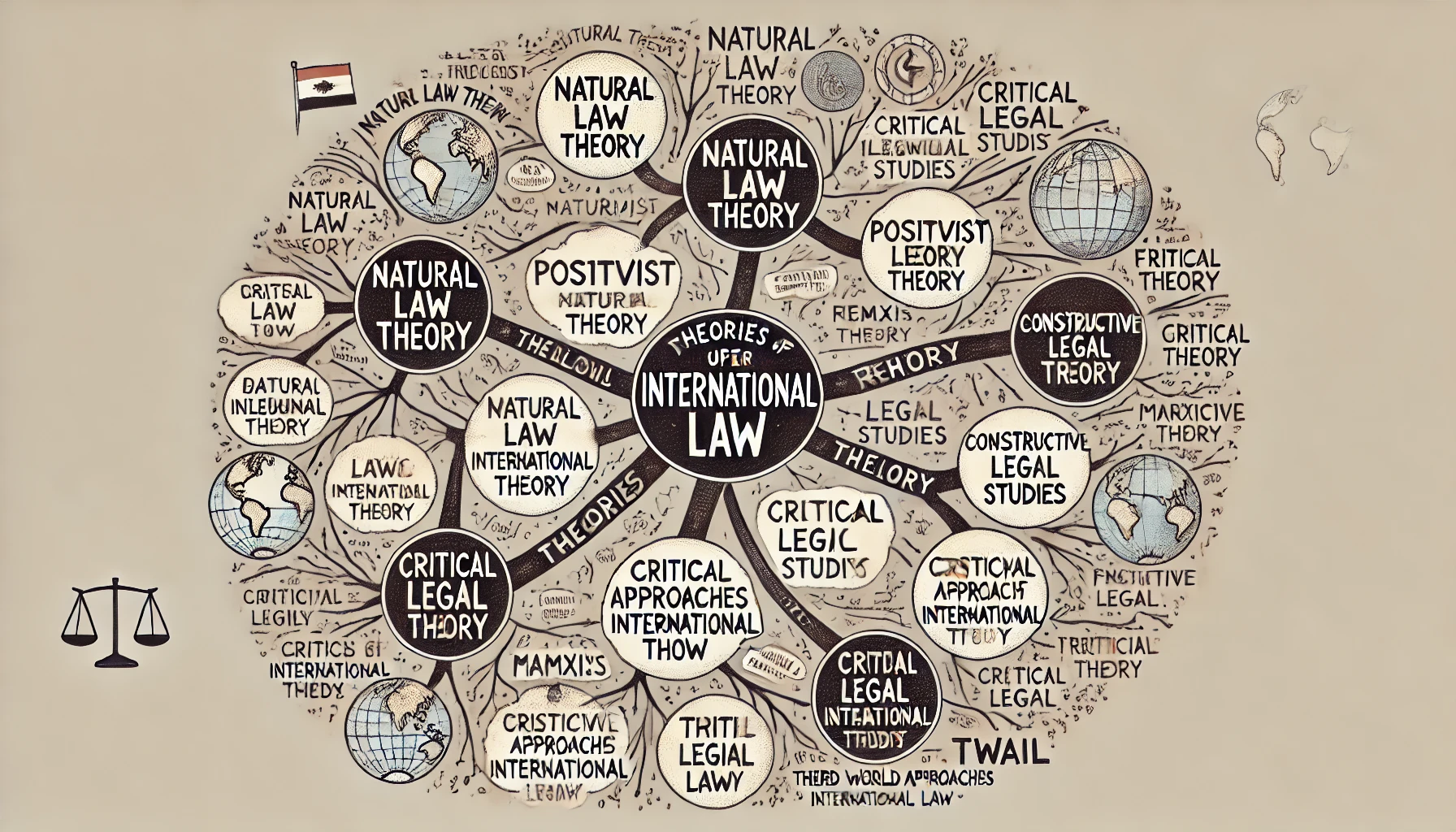
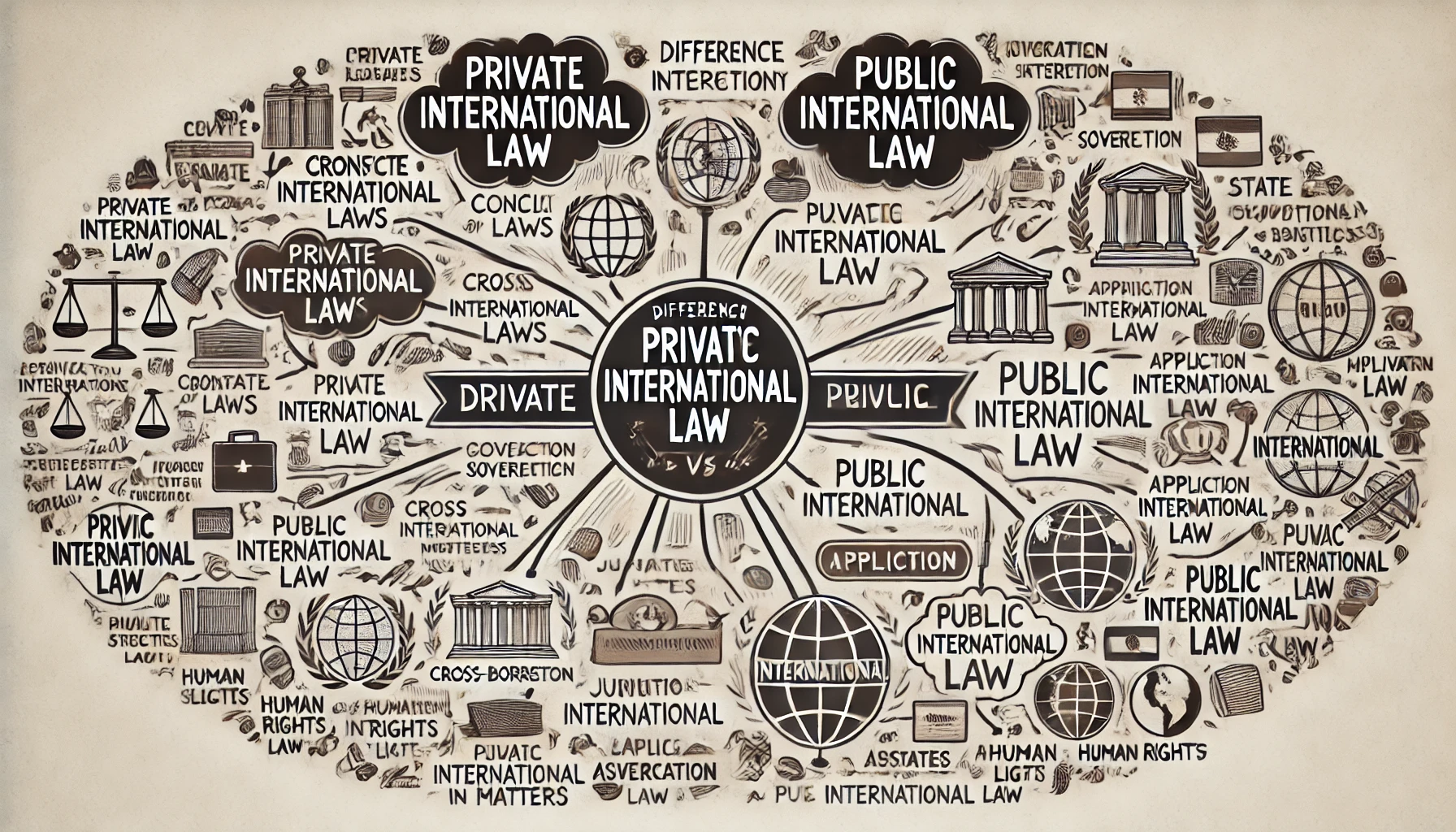
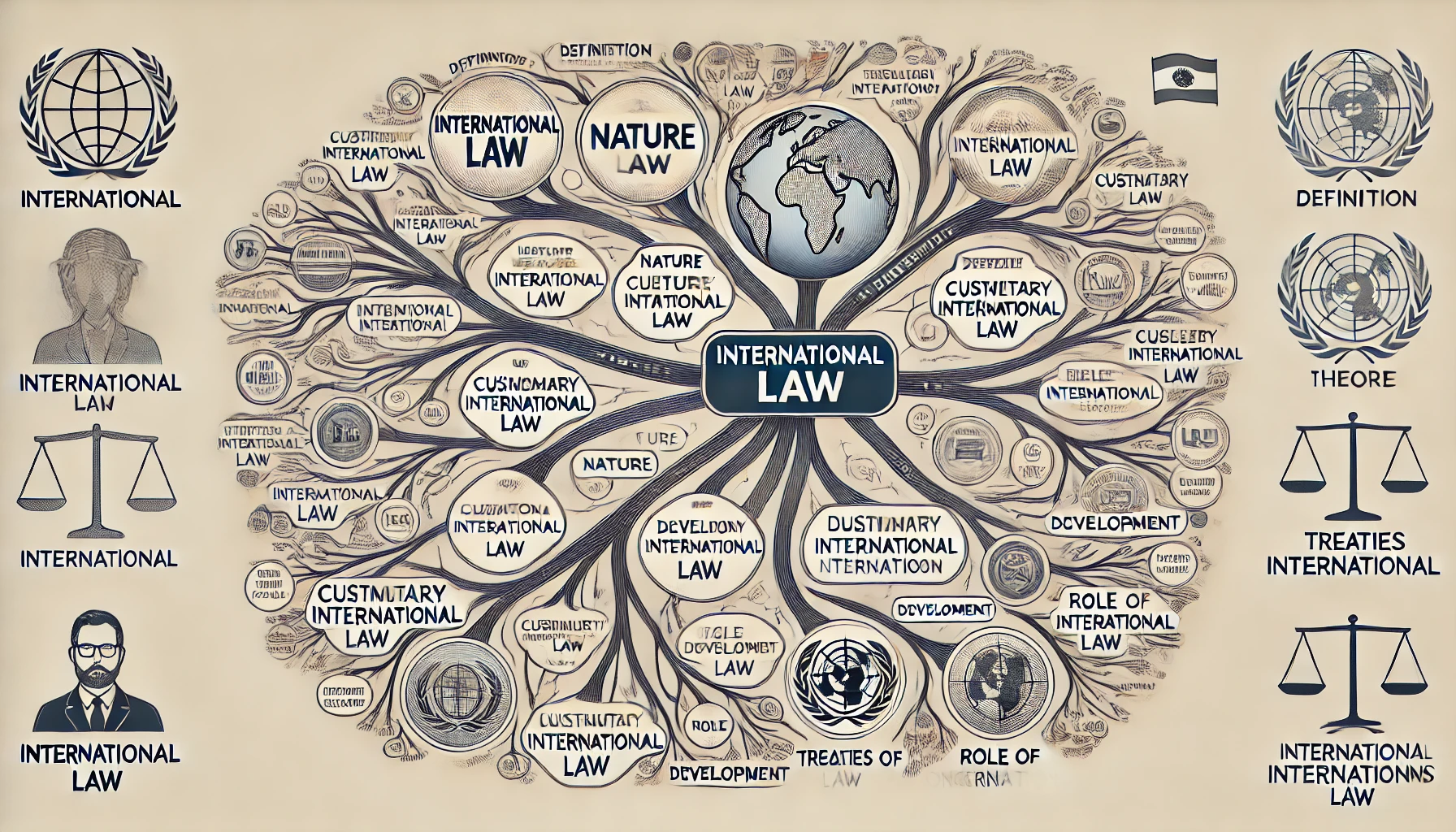
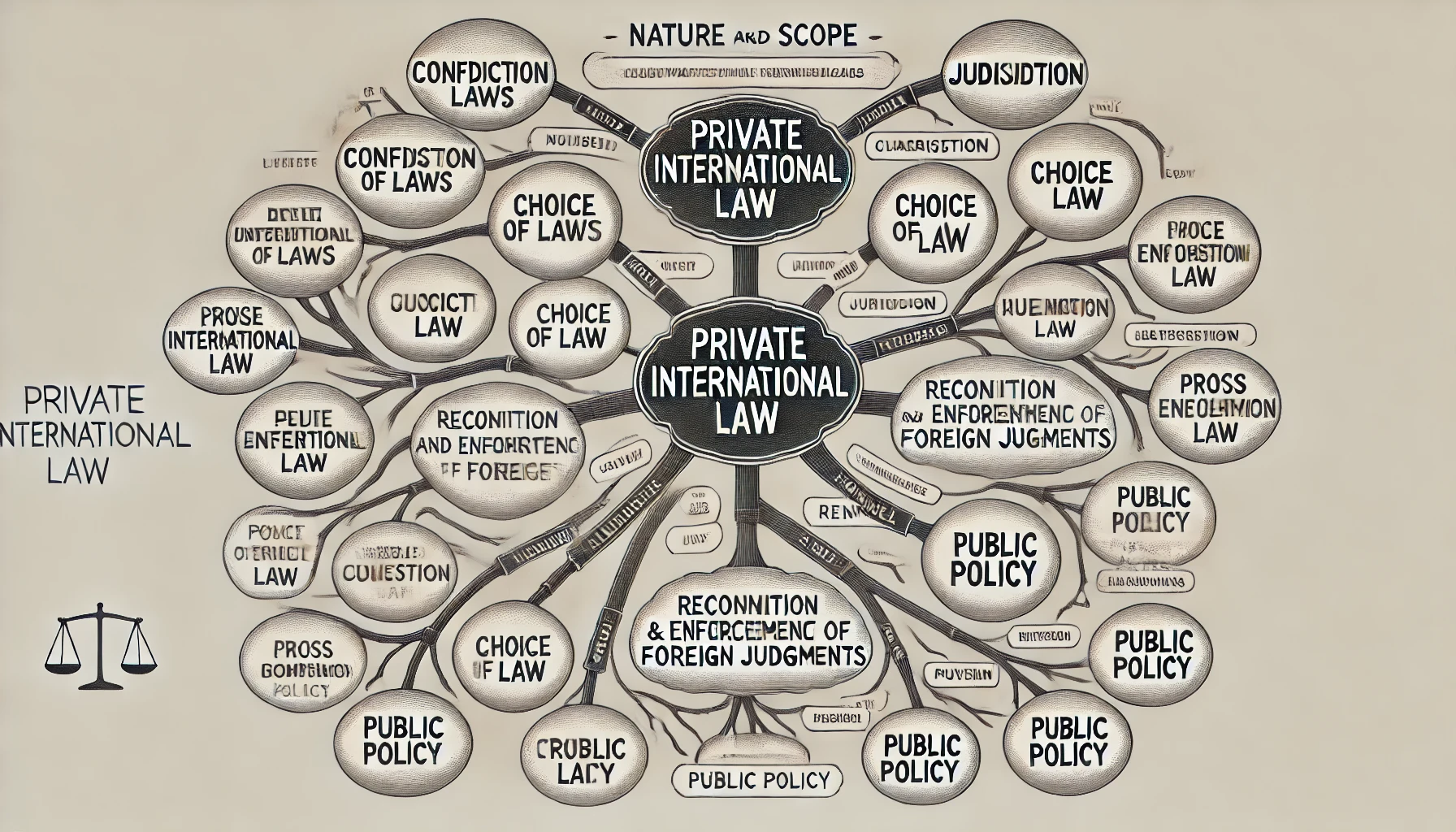






















































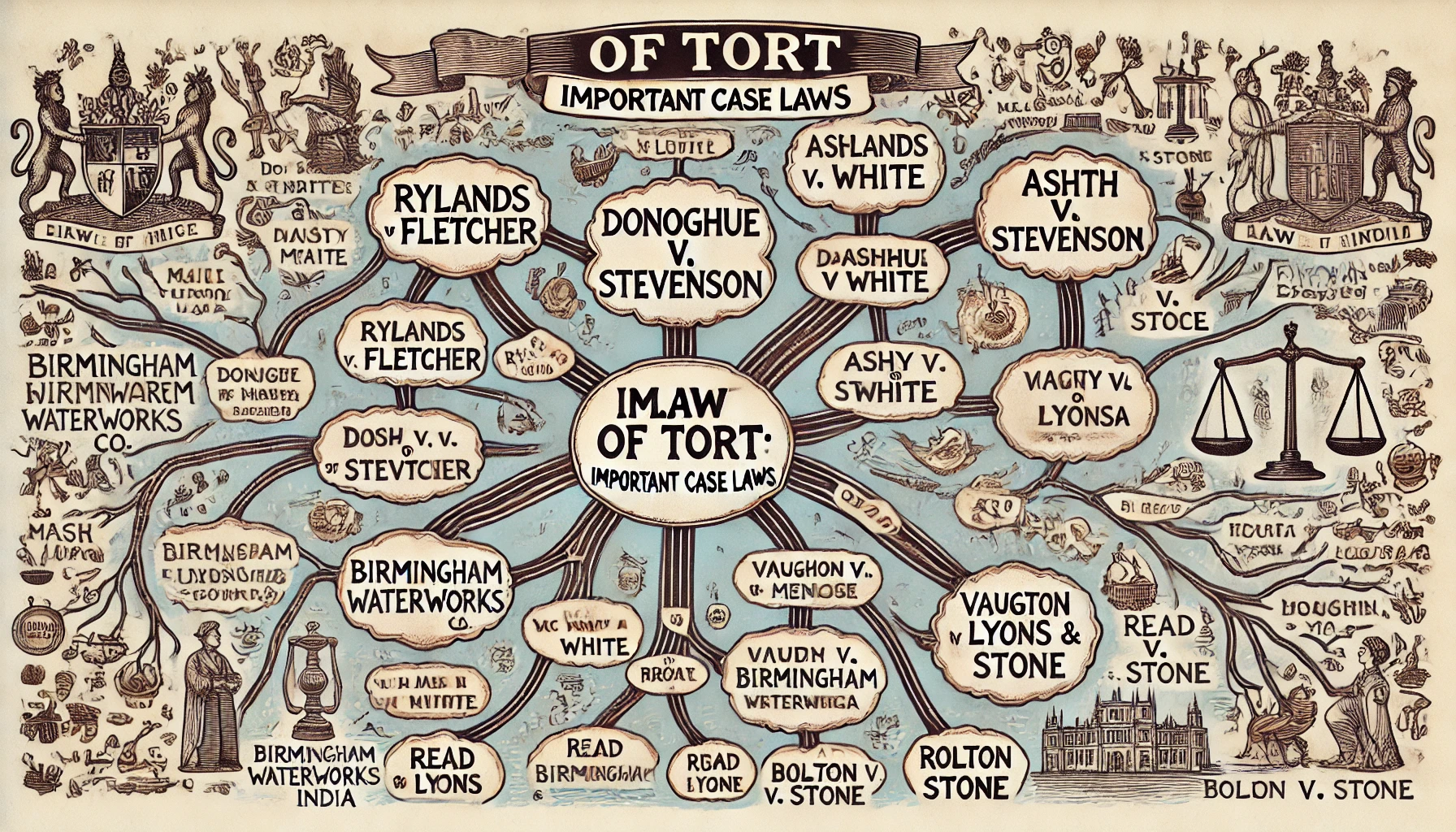
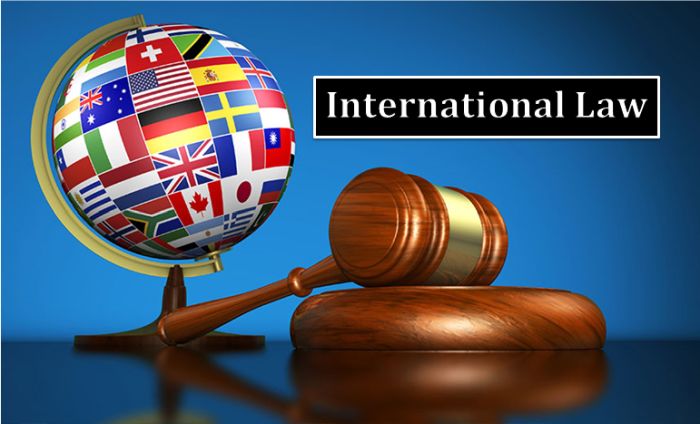


















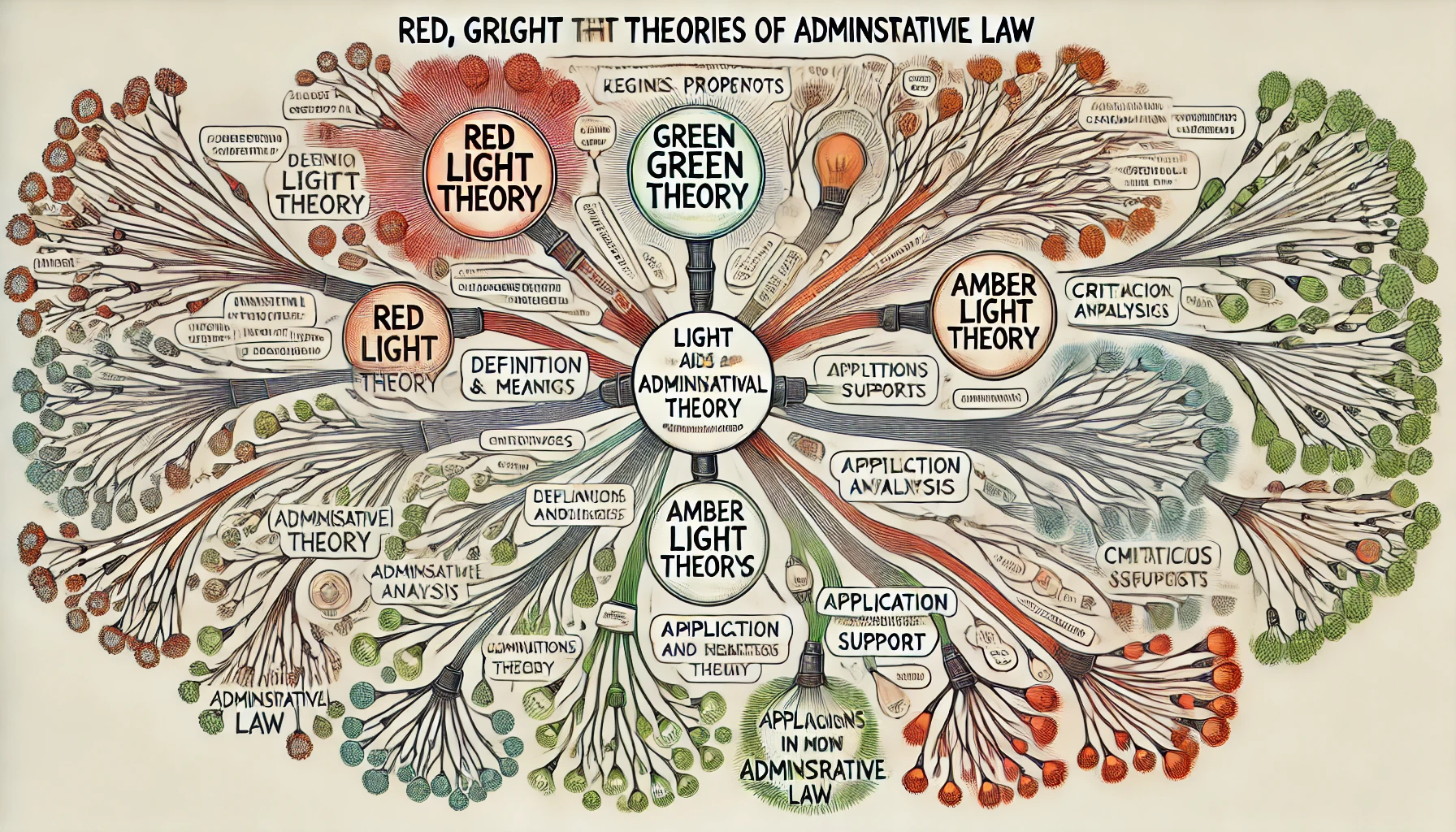


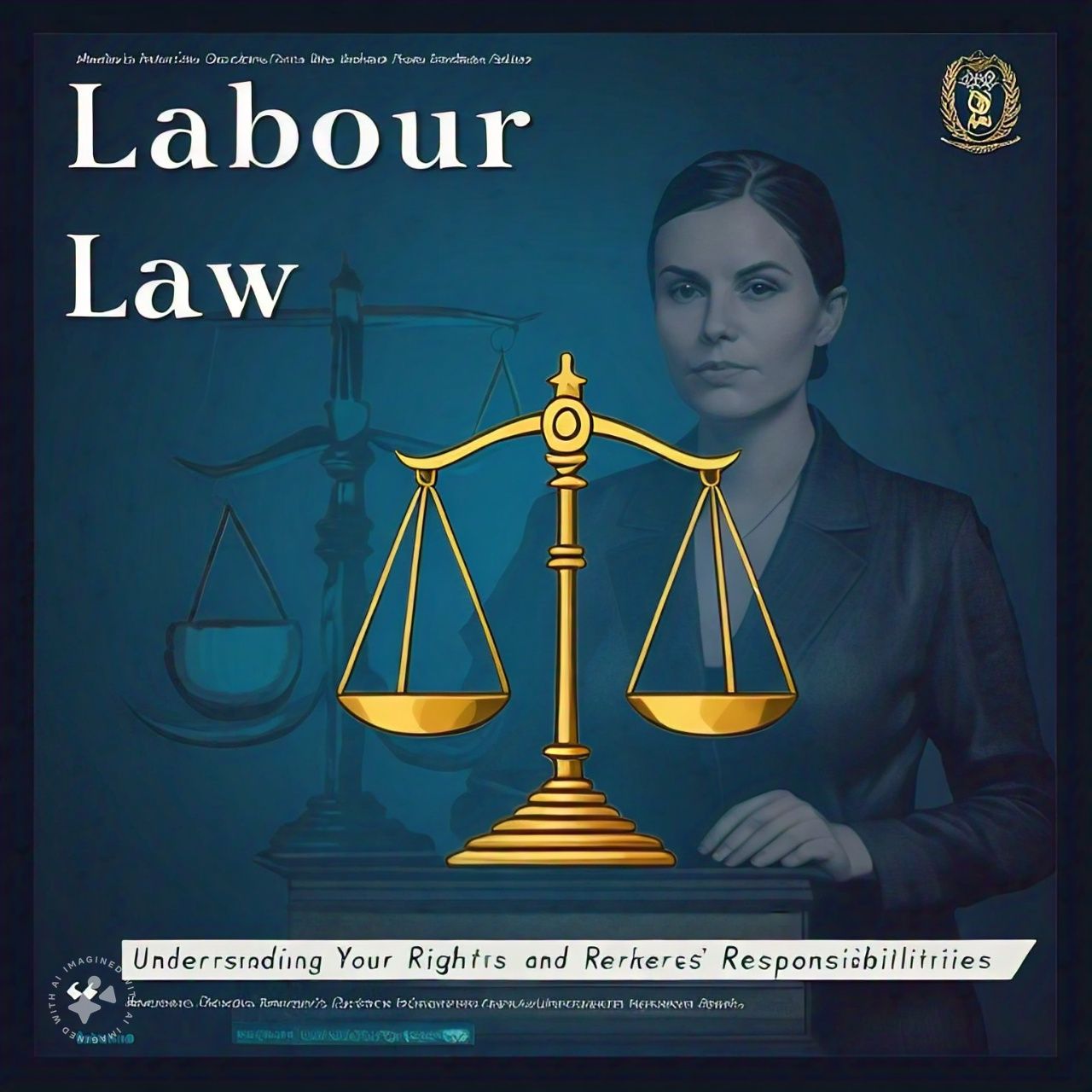





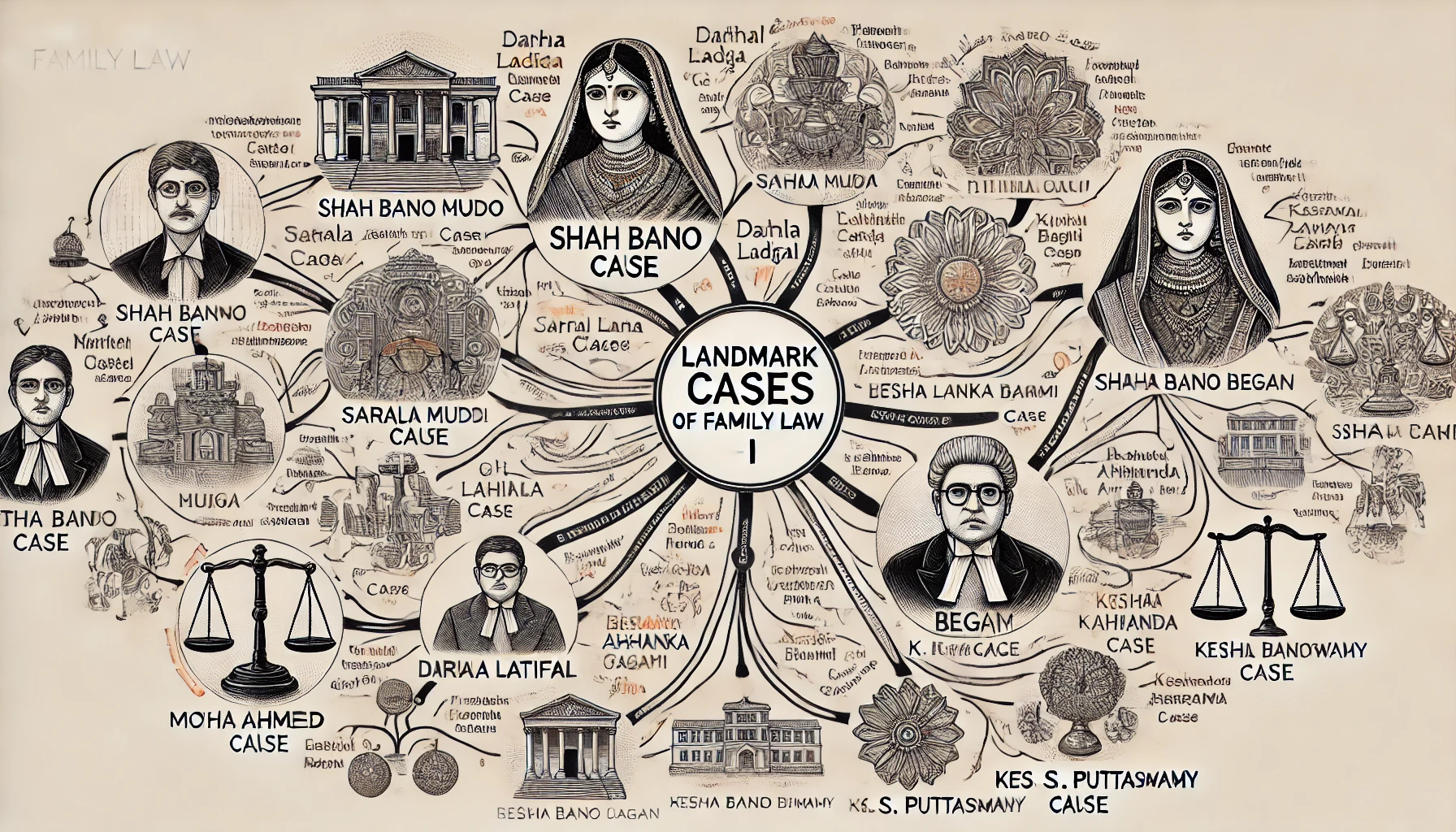


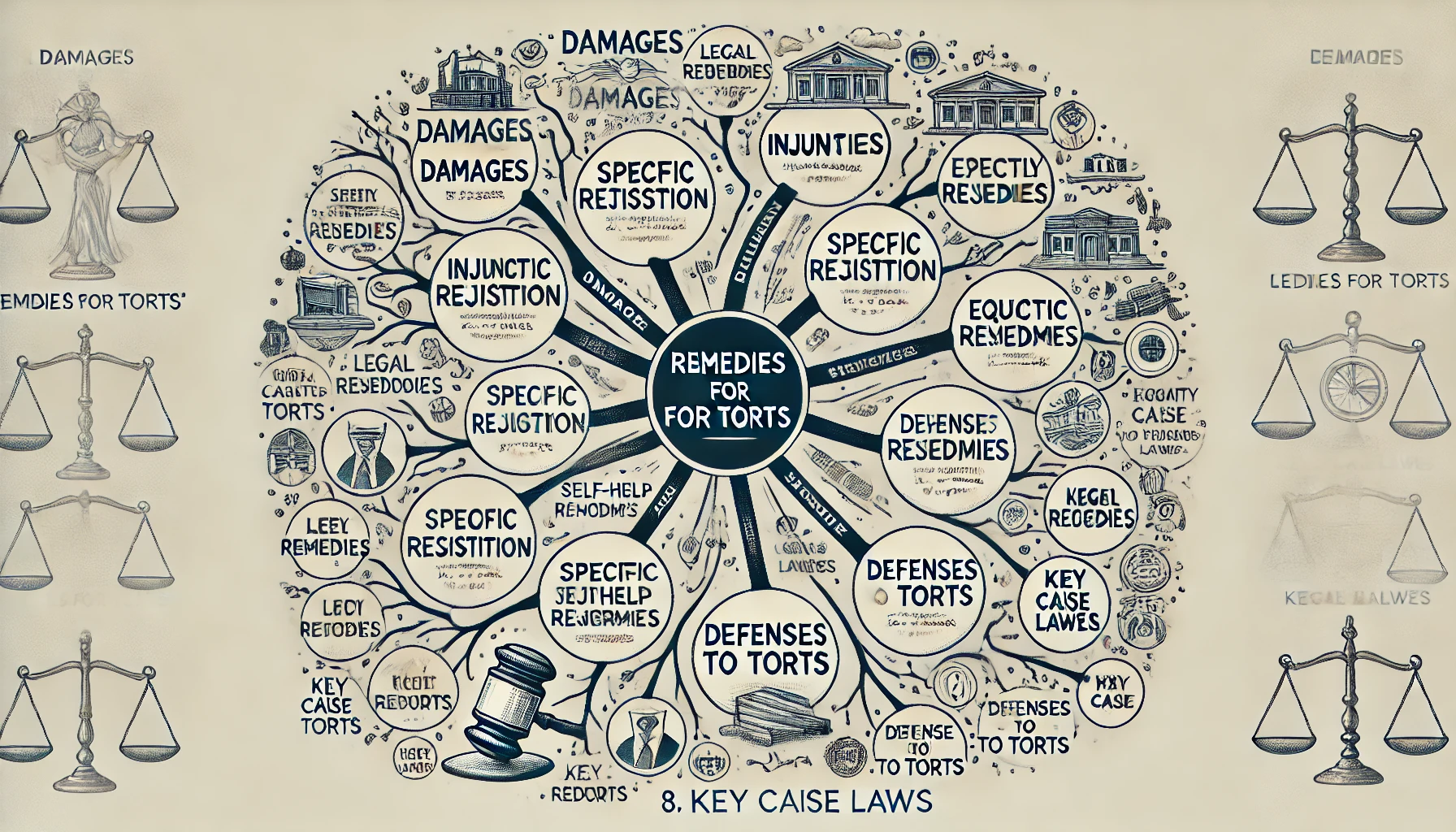




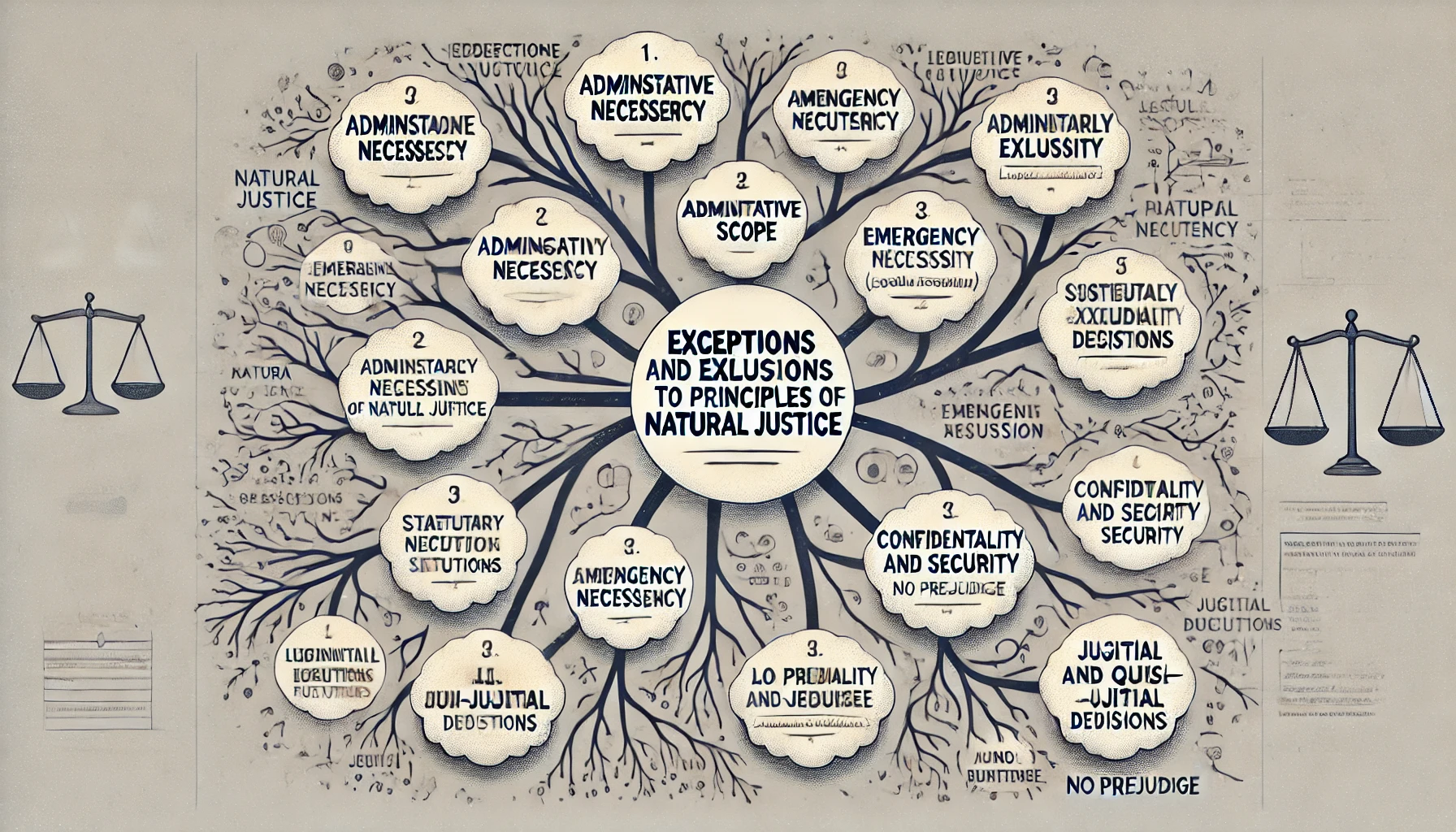






Comment
Nothing for now